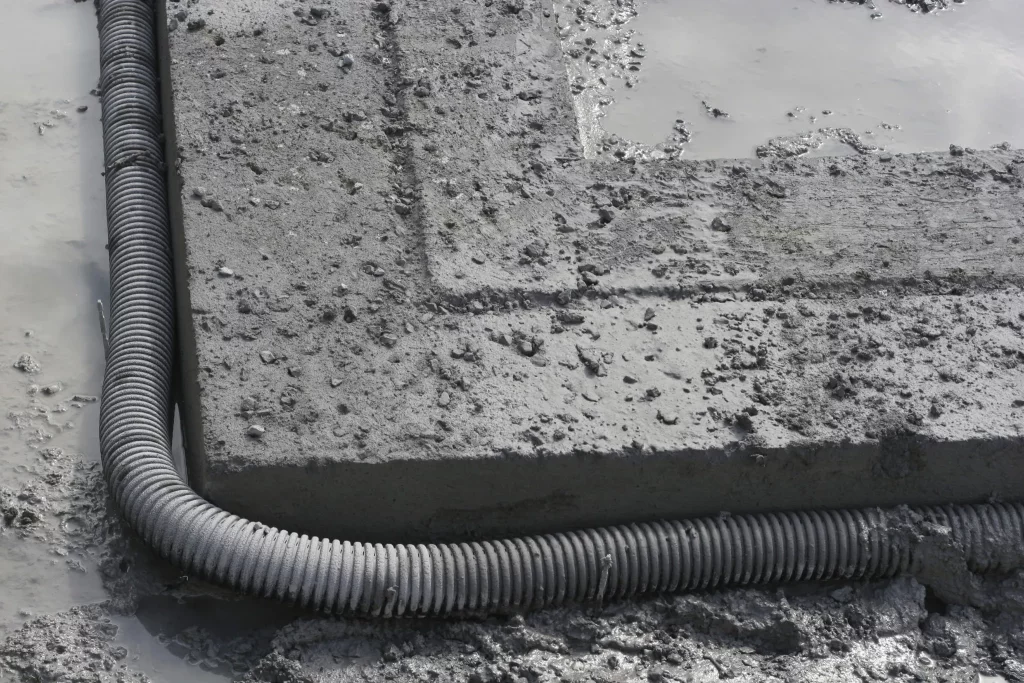Drainage, or rather problems with your drainage, can be a huge issue when it comes to your foundation. You might not realize it, but bad drainage can easily be eating away at your home’s foundation, meaning that structural damage is a very real possibility. There are a number of things you can do to rectify this issue – read on to find out what some of them are.
Get Experts To Help
In some cases, if the damage is too bad or the repairs are substantial, the best thing to do is to get experts in foundation repair to help you. In this way, you can be sure that the job will be done well and that the repairs will be long-lasting.
The other benefit of calling the experts is that you can get plenty of advice that will help prevent similar issues in the future. This is a far better option than trying to do the work yourself, which might lead to further problems and additional damage.
Extend Your Drain Pipes
The simplest, most effective solution to foundation drainage problems is to divert water away from the building. Water should be diverted away from the soil around your foundation using diverters. Long drain extenders, at least three feet in length, should be fastened to the underside of your rain gutters. Taking these measures will aid in keeping the soil away from your home’s foundation, which will reduce the risk of flooding.
Consider The Hardscape Surfaces
You may not have an issue with water pooling on the roof or the ground, but rather on the patio, paths, decking, or porch. Check the pavers, decks, and other hardscape features. All of these areas, including the yard and driveway, should slope away from your house and its foundation, and if they don’t, they might be leading water directly into your foundation.
Patios, walkways, and porches can have their slope fixed using mud jacking or another form of concrete restoration. To avoid clogging drains, reset the pavers so that they slope gently away from the house.
Check what’s happening below your deck. Drainage under a deck is often overlooked because it is hidden from view. It’s possible that, like houses built on crawl spaces, there’s water collecting down there and blocking the drainage. Once you know the problem, you can take steps to fix it.
Install A Sump Pump In Your Basement
By pumping out any excess water, a sump pump can help prevent floods. Over sixty percent of American households, as reported by the American Society of Home Inspectors, have moisture issues in their basements or crawl spaces.
Subterranean flooding is a common problem for many households. Moisture in a basement, even if it doesn’t flood, can cause mold and other health issues. Investing in a sump pump is a safe decision for homeowners in flood-prone areas or those that see heavy amounts of snow or rain.
And when it comes to your foundation, having a sump pump to eliminate as much moisture and water as possible is fantastic; it will keep things as dry as possible and prevent a lot of issues.

